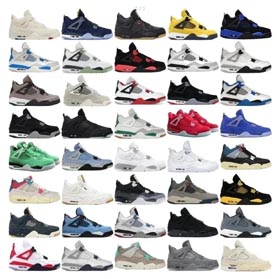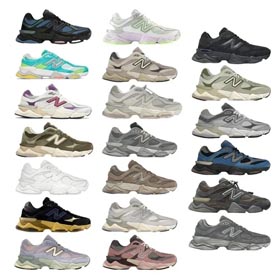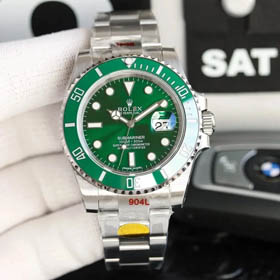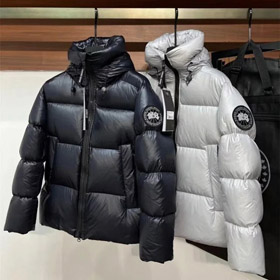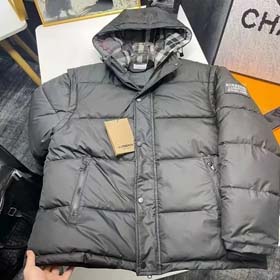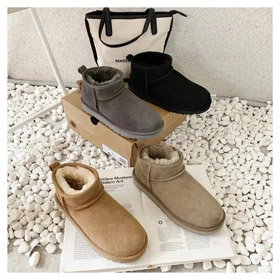How to Use CNfans for Overseas Beauty Purchases: A Step-by-Step Guide
CNfans.club is a popular platform for purchasing overseas beauty products, offering tools like spreadsheets, community insights, and coupons to streamline your shopping experience. Here’s how to make the most of it:
1. Organize Products with CNfans Spreadsheet
Start by accessing the CNfans spreadsheet, a curated list of available products. Here’s how to use it:
- Check product names, codes, and prices.
- Filter by brand or category (e.g., skincare, makeup).
- Copy links of desired items into a personal list for easy reference.
2. Research on CNfans Reddit and Discord
Before buying, consult the CNfans RedditDiscord
Most sellers showcase products on CNfans Yupoo albums: Look for discounts to save money: Choose a shipping method that fits your needs: Double-check spreadsheet updates (stock changes frequently) and tag experienced users in Discord for urgent queries. Happy shopping on CNfans.club!
3. Select Items via CNfans Yupoo
4. Apply CNfans Coupons
5. Complete Order with CNfans Shipping
Final Tips


